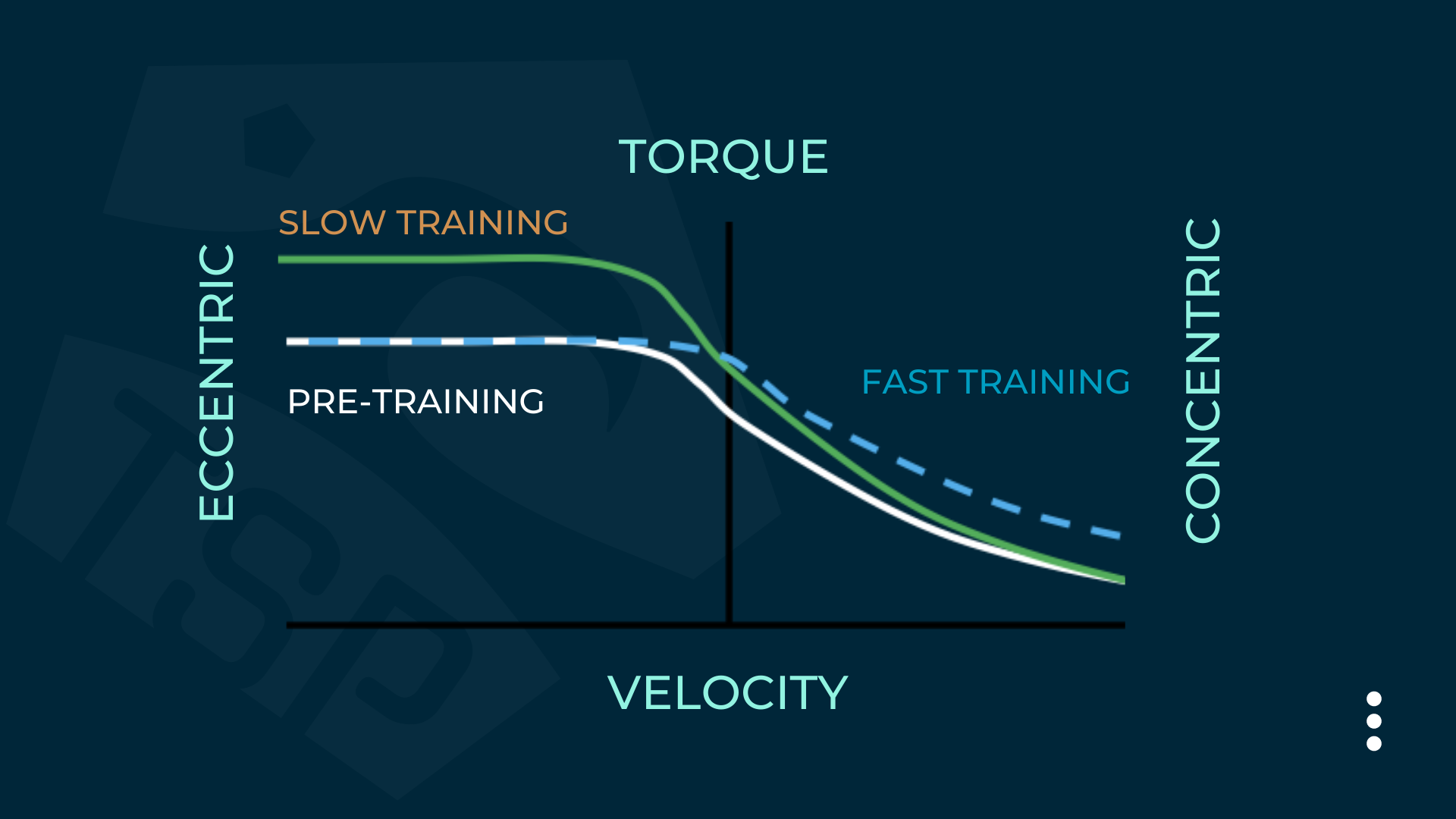Pull up to paddle faster
The pull up exercise is the signature of the resistance training module in the Surf Foundation Specialist course. The fact is this staple exercise has been associated with greater force production during each paddle stroke, improving time for the 15m sprint and 400m endurance paddling tests, essentially helping surfers paddle faster and surf longer.
The Pull Up Journey
Whether you're punching out numerous pull ups or perhaps not quite getting the chin to bar...we've thrown together a simple and effective method so you can achieve your goal of paddling faster and catching more waves. Let's keep in mind that Joseph Coyne and colleagues found a minimum threshold of 1.24 to be conducive to paddling performance. Anecdotally, we've found higher thresholds to have a greater effect on paddling performance and suggest females reach 1.3-1.4 and males 1.5-1.6. Use the below formula to calculate relative 1RM pull up:
(Bodyweight (kg) + external weight (kg)) / bodyweight (kg)
Isometrics - 3 joint angles
We are stronger isometrically than we are concentrically. So, using the three joint angles (observed in the video) during the kneeling position we then exert maximal effort to pull the bar down. Using these angles is a way to improve strength across the whole range of motion.
Eccentric only
We are stronger eccentrically than we are isometrically. You will be able to lower yourself before you can lift yourself. Grab a step or bench to allow for your chin to be above the bar, lower yourself with as much control as possible. Do 3-4 sets of 3-4 reps, 2-3 times a week for 5-6 weeks and you´ll find yourself pulling your chin above the bar.
Assisted pull up
Include the assisted variation to allow for the pull up muscles to experience concentric contractions. We see this necessary as part of the pull up journey.
Bodyweight pull up
Once you do pull ups, you´ll need to make sure you regularly perform them 2-3 times per week. We suggest that you add ´power´ days into your program, this simply means performing the movement as fast as possible during the lifting phase.
Weighted pull up
You´ve mastered the pull up and now you need OVERLOAD. Grab a belt, hang some weights from it, then perform your reps. We suggest you keep the intensity high and reps low, focus on a weight that is >85% of your 1RM to maximise strength gains, heavy weight means you shouldn´t be able to perform more than 6-7 reps.
Supramaximal pull ups
These are just like the eccentric only exercise but for the advanced lifters. You will hang a weight >1RM from a belt then perform the lowering phase of the pull up. Keep the volume low with this method as it the intensity is very high which heavily taxes the body.
How fast should we pull up?
Train through the entire velocity curve

The far right is the theoretical maximal shortening velocity, we can see that after training we can increase the speed at which our muscles contract. We should recognise that slow and fast training should be applied to both eccentric and concentric actions, while it is easy to perform exercises using fast shortening actions it becomes challenging to perform fast lengthening contractions, with the necessary heavy weight.
Eccentric-only training requires the surfer to lower the weight then have someone lift back to the starting position. We can improve our rate of force development using conventional lifting and lowering methods using intensities equal to or less than our 1RM weight.
However, we can also use supramaximal loads, greater than our 100% 1RM, which provides variation and potentially greater strength and muscle architectural changes. Again, there is a greater risk of injury when using these high intensities so make sure you are comfortable with safe spotting techniques and have sufficiently prepared your surfers through a progressive overload in the prior weeks.
Our take home message is, train across the whole torque-velocity curve by alternating between slow and heavy weight, and fast and light-weight.
Check our SURF FOUNDATION SPECIALIST course if you'd like to learn everything about surf-specific resistance training, including:
- How to implement specificity as it relates to surfing
- How training specificity will improve paddling and duck-diving
- The importance of strength training for performance and injury prevention
- How to test your athlete's relative 1RM pull up strength
- Become confident and competent with designing a strength program to improve surf foundations.

